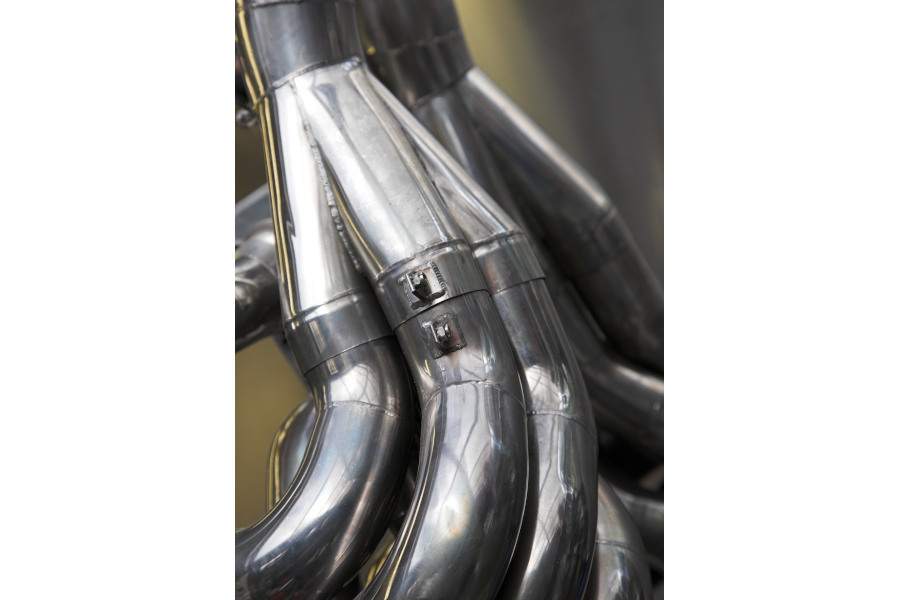Duplex stainless steel (DSS) is considered a perfect material and has many benefits as a main material of construction for applications in the industrial sectors. However, throughout the past several years the required thickness of DSS for application and product construction has grown substantially. This article will focus on how the growing thickness of DSS products causes the residual stresses to grow as well. In extreme sections the stresses can exceed tensile stress, which will lead to a crack. Just because a DSS product does not show any signs of cracking, does not mean that there are no existing residual stresses.
To combat this problem, it is important to use simulation software to calculate residual stresses. The moment the residual stresses are close to, or exceed yield stress a fugitive emissions leak can occur from the moment the product is loaded, to the stresses at a level close to yield stresses. The moment this subject is properly understood, a solution can be found for most cases. Residual stresses are not unique to just DSS and exist in all materials that need to be quenched during the production process of an application.

